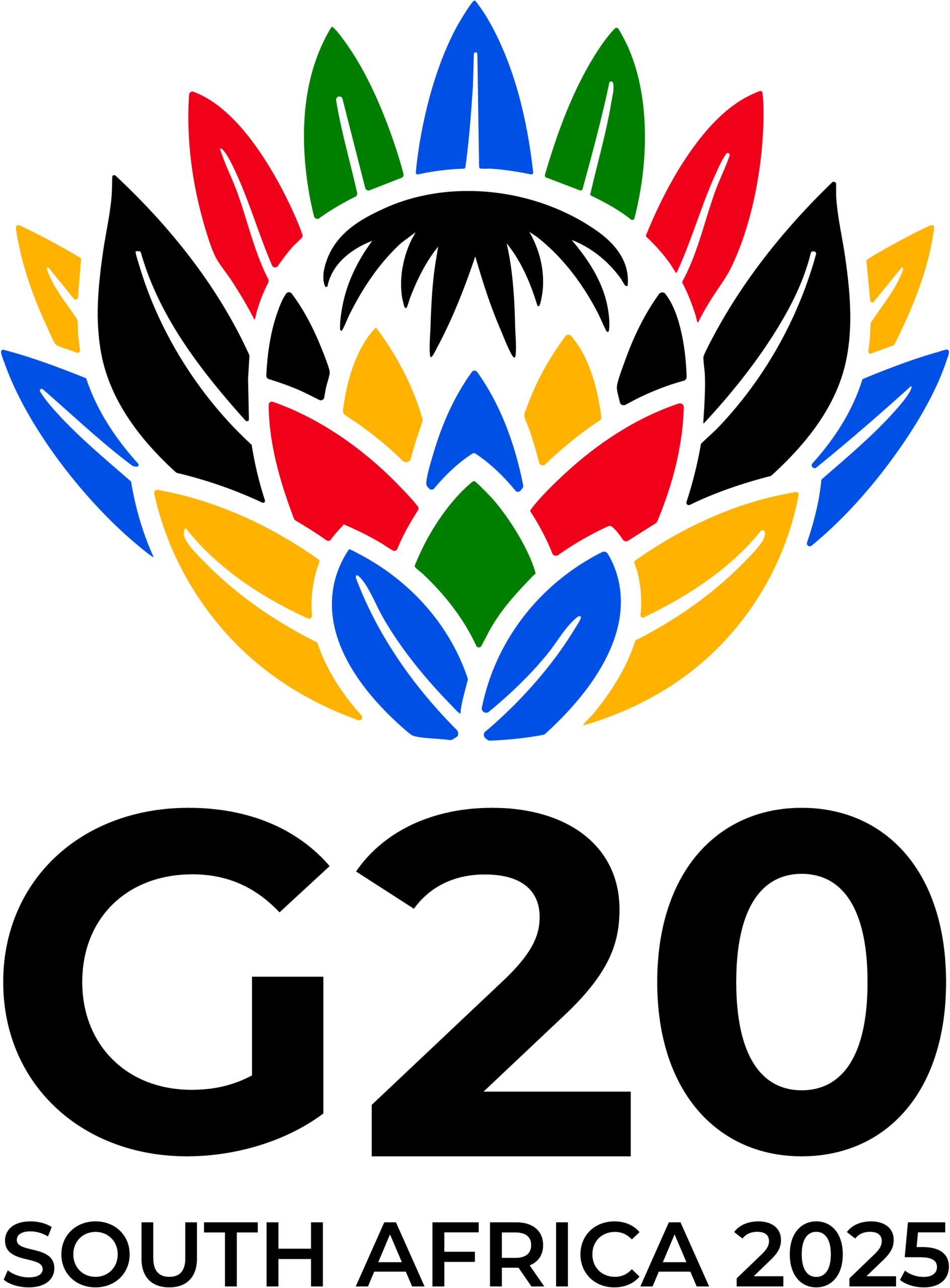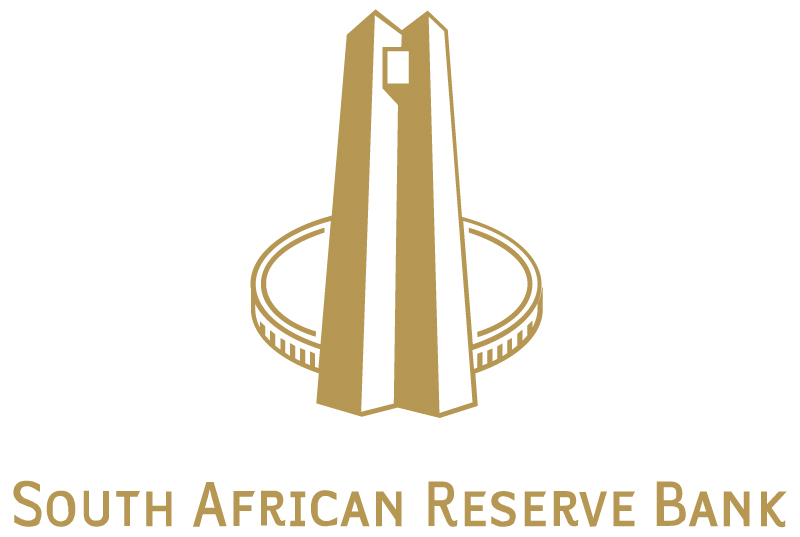G20 South African Presidency, IAIS and World Bank Group host G20 side event on addressing the natural catastrophe insurance protection gap



Addressing the natural catastrophe insurance protection gap: a multi-stakeholder approach
Durban, KwaZulu-Natal, South Africa
The G20 South African Presidency, in collaboration with the International Association of Insurance Supervisors (IAIS) and the World Bank Group (WBG), hosted a side event during the G20 Finance Ministers and Central Bank Governors (FMCBG) meetings in Durban on 17 July 2025. The event focused on improving financial resilience and enhancing broader disaster risk mitigation strategies by identifying and addressing insurance protection gaps − the difference between total economic losses and insured losses caused by natural catastrophe (NatCat) events. This initiative forms part of the G20 Sustainable Finance Working Group’s (SFWG) priority of scaling up finance for adaptation and just transitions, and also discussed in an IAIS-WBG input paper which will be published next week.
NatCat protection gaps present a global challenge, affecting both advanced and emerging market and developing economies (EMDEs), and therefore require global responses. In recent decades, damages and losses from NatCat events have surged due to the growing frequency and severity of extreme weather events, exacerbated by climate change. While insurance markets play a crucial role in mitigating the financial impacts stemming from these damages, their ability to offer adequate coverage is increasingly being challenged, leading to a widening insurance protection gap against NatCat events. In 2023, the global insurance protection gap was estimated at 62%, with gaps exceeding 90% in some EMDEs.1 These economies face disproportionately higher protection gaps due to low insurance penetration, affordability challenges, underdeveloped insurance markets, and insufficient access to risk models and data. Significant insurance protection gaps are also observed in advanced economies, including Europe.2 In recent years, promoting insurance protection against NatCat events has become an important priority for policymakers and the international community.
The side event brought together senior leaders from governments, central banks and supervisors, the private sector, and international organisations to discuss strategies and solutions for addressing the widening insurance protection gap. The event was opened by Lesetja Kganyago, Governor of the South African Reserve Bank, and featured keynote remarks by:
- Ajay Banga, President of the World Bank
- Katsunobu Kato, Japan’s Minister of Finance and Minister of State for Financial Services
- Andrew Bailey, Chair of the Financial Stability Board and Governor of the Bank of England
The keynote speakers highlighted the economic and financial stability impacts of NatCat events and the risks of inaction, which place financial strain on governments and vulnerable populations. Their inputs reflected growing consensus that addressing this challenge requires a multi-stakeholder approach, including public-private partnerships, investments in risk reduction and resilience, and innovative insurance solutions.
Speakers emphasised the importance of financial literacy, risk awareness, and regulatory capacity in supporting insurance market development. They highlighted successful initiatives from across the globe, including scalable ‘non-traditional’ insurance solutions such as parametric insurance and regional risk pooling, and adaptive financial instruments.
The panel discussion which followed, moderated by Jonathan Dixon, Secretary General of the IAIS, included distinguished speakers:
- Shigeru Ariizumi, IAIS Chair and Vice Minister for International Affairs of the Financial Services Agency of Japan
- Riccardo Barbieri Hermitte, Director General of the Treasury, Italian Ministry of Economy and Finance
- Antoine Gosset-Grainville, Chairman of the Board of Directors of AXA and Member of the Insurance Development Forum (IDF) Steering Committee
- Hatice Karahan, Deputy Governor of the Central Bank of the Republic of Türkiye.
During the discussion, panellists shared examples of public-private partnerships, post-disaster policy design and emerging solutions, including technological innovation and risk transfer. They also emphasised the importance of integrating risk reduction measures with insurance-based solutions and leveraging multi-stakeholder partnerships to build resilience.
Speakers also welcomed continued efforts by the IAIS, WBG and other partners to provide practical guidance and tools that assist policymakers and supervisors, particularly in EMDEs, in narrowing NatCat protection gaps.
The IAIS and WBG have produced an input paper for the G20 SFWG. The paper serves as a ‘guide for action’ to help jurisdictions narrow NatCat insurance protection gaps. The paper outlines practical and implementable actions that governments, supervisors, and the insurance industry can take, with a particular focus on EMDEs. The input paper is available here.
A recording of the event can be found on the SARB YouTube and G20 YouTube.
For further information about the event, please contact media@resbank.co.za or press@iais.org.
Please find the press release in pdf here.
A more detailed summary of the event can be found here.
1 World Bank Group, Mobilizing Public-Private Solutions to Manage the Financial Impacts of Natural Hazards in Emerging Market and Developing Economies, 2025.
2 European Insurance and Occupational Pensions Authority, Dashboard on insurance protection gap for natural catastrophes – EIOPA, 26 November 2024.
